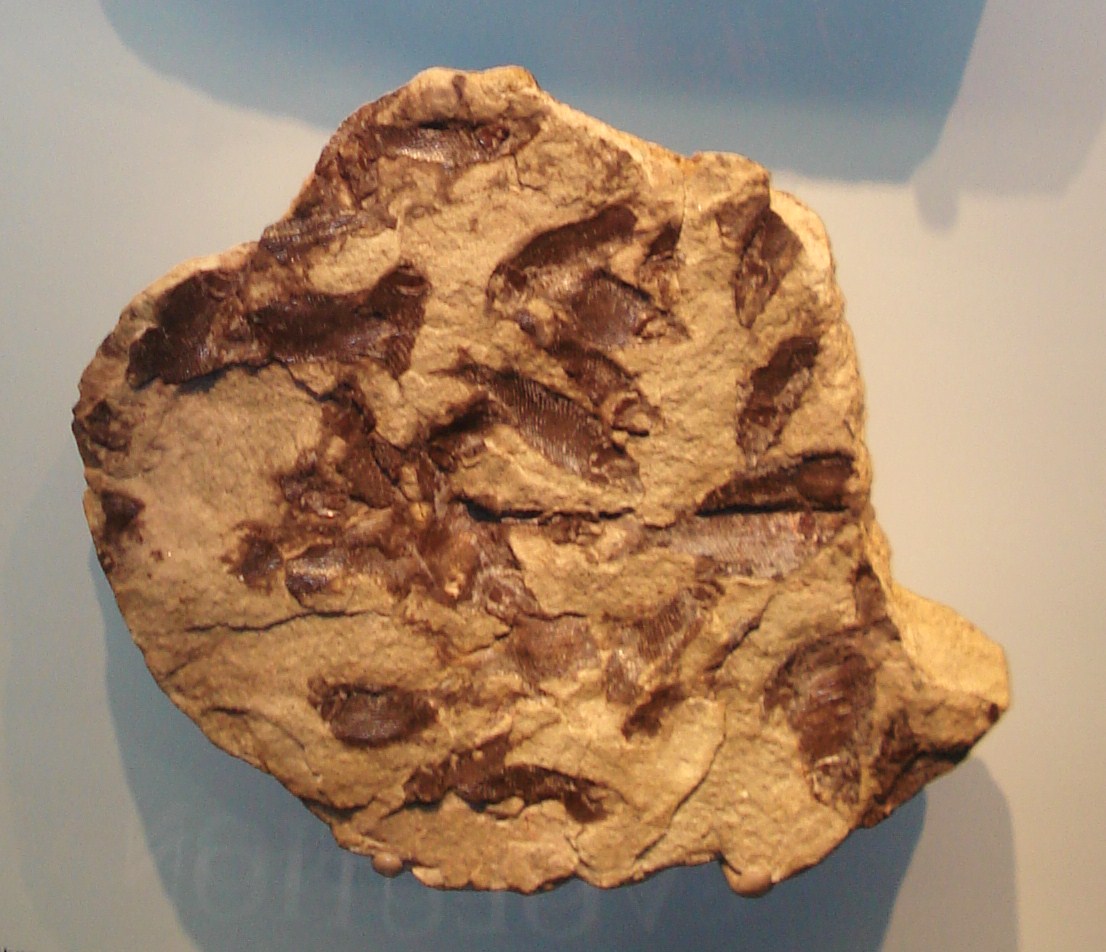|
Cow Branch Formation
The Cow Branch Formation is a Late Triassic (Carnian to Norian, or Tuvalian in the regional stratigraphy) geologic formation in the eastern United States.Cow Branch Formation at .org Indeterminate fossil tracks have been reported from the formation.Weishampel et al., 2004, pp.517-607 Fossil content The following fossils have been reported from the formation: ;Reptiles * ''[...More Info...] [...Related Items...] OR: [Wikipedia] [Google] [Baidu] |
Geological Formation
A geological formation, or simply formation, is a body of rock having a consistent set of physical characteristics (lithology) that distinguishes it from adjacent bodies of rock, and which occupies a particular position in the layers of rock exposed in a geographical region (the stratigraphic column). It is the fundamental unit of lithostratigraphy, the study of strata or rock layers. A formation must be large enough that it can be mapped at the surface or traced in the subsurface. Formations are otherwise not defined by the thickness (geology), thickness of their rock strata, which can vary widely. They are usually, but not universally, tabular in form. They may consist of a single lithology (rock type), or of alternating beds of two or more lithologies, or even a heterogeneous mixture of lithologies, so long as this distinguishes them from adjacent bodies of rock. The concept of a geologic formation goes back to the beginnings of modern scientific geology. The term was used by ... [...More Info...] [...Related Items...] OR: [Wikipedia] [Google] [Baidu] |
Turseodus
''Turseodus'' is an extinct genus of ray-finned fish found in Late Triassic freshwater sediments of the United States. Two species have been described, ''T. acutus'' from the Lockatong Formation of Pennsylvania, and ''T. dolorensis'' from the Chinle Formation of Colorado. Classification Although previously placed in the paraphyletic family Palaeoniscidae, ''Turseodus'' was later referred to its own family, Turseoidae, by Wilhelm Bock. The lachrymal bone of ''Turseodus'' forms part of the oral margin, an unusual condition known otherwise only from the Early to Middle Triassic ''Pteronisculus''. Based on this synapomorphy and other similarities, a close relationship between ''Turseodus'' and ''Pteronisculus'' is hypothesized.C. Romano, A. López-Arbarello, D. Ware, J. F. Jenks, and W. Brinkmann. 2019. Marine Early Triassic Actinopterygii from the Candelaria Hills (Esmeralda County, Nevada, USA). Journal of Paleontology 93:971-1000 https://doi.org/10.1017/jpa.2019.18 T ... [...More Info...] [...Related Items...] OR: [Wikipedia] [Google] [Baidu] |
Semionotus
''Semionotus'' (from el, σημιον , 'mark' and el, νῶτος , 'back') is an extinct genus of ray-finned fish found throughout Northern Pangaea (North America North America is a continent in the Northern Hemisphere and almost entirely within the Western Hemisphere. It is bordered to the north by the Arctic Ocean, to the east by the Atlantic Ocean, to the southeast by South America and the Car ... and Europe) during the late Triassic, becoming extinct in the Early Jurassic. References External links''"Semionotus elegans"''-Photo-High Res--''"Shuttle Meadow Formation"''-Hartford Basin, Connecticut – www.sunstar-solutions.com–"Basal Jurassic Dinosaur Fossils" Semionotiformes [...More Info...] [...Related Items...] OR: [Wikipedia] [Google] [Baidu] |

